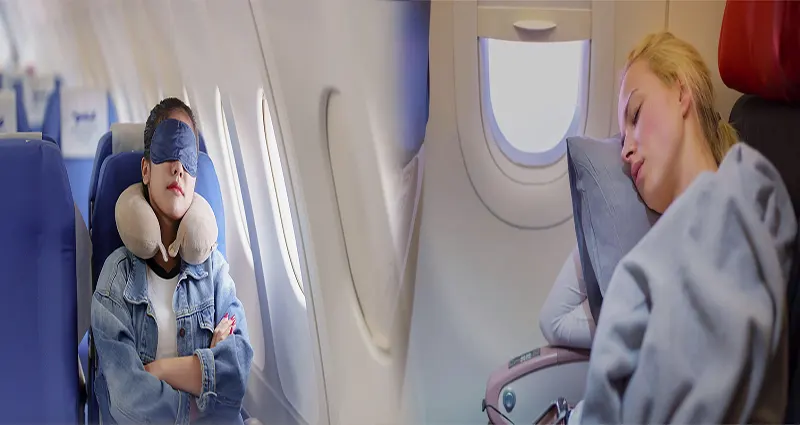Long-haul flights can be a daunting experience, especially when it comes to getting adequate sleep. The cramped seats, noisy environment, and disruptions can all make it challenging to rest during a flight. However, with the right tips and strategies, you can improve your chances of getting quality sleep on a long-haul flight. Here are some effective ways to help you sleep better while traveling:
1. Choose the Right Seat
Selecting the right seat can make a significant difference in your comfort and ability to sleep on a long-haul flight. Opt for a window seat so you have a surface to lean on and won’t be disturbed by other passengers needing to get up. Avoid seats near high-traffic areas like the bathrooms or galley, as these tend to be noisier and more disruptive.
2. Wear Comfortable Clothing
Wearing comfortable clothing can enhance your ability to relax and sleep on a long-haul flight. Choose breathable, loose-fitting clothes and layers that you can easily adjust to maintain a comfortable temperature. Avoid tight-fitting clothing or items with restrictive waistbands that can hinder circulation and make it harder to sleep.
3. Use Travel Pillows and Blankets
Invest in a good quality travel pillow and blanket to support your head and neck and keep you warm during the flight. Neck pillows can help prevent neck strain and provide additional comfort when trying to sleep in an upright position. A lightweight blanket or shawl can also help regulate your body temperature and create a cozy environment conducive to sleep.
4. Stay Hydrated and Avoid Alcohol and Caffeine
Staying hydrated is essential for overall well-being and can also help promote better sleep on a long-haul flight. Drink plenty of water and avoid alcohol and caffeine, as these substances can disrupt your sleep patterns and lead to dehydration. Opt for herbal teas or water instead to stay hydrated and calm during the flight.
5. Create a Relaxing Environment
Creating a relaxing environment can help signal to your body that it’s time to rest and improve your chances of falling asleep on a long-haul flight. Use eye masks, noise-canceling headphones, and earplugs to block out light and noise from the cabin. Play calming music or white noise to drown out any disruptive sounds and create a peaceful ambiance conducive to sleep.
6. Practice Relaxation Techniques
Engaging in relaxation techniques can help reduce stress and anxiety, making it easier to fall asleep on a long-haul flight. Practice deep breathing exercises, meditation, or progressive muscle relaxation to calm your mind and body before trying to sleep. Focus on your breath and visualize a peaceful scene to promote relaxation and induce sleep.
Getting quality sleep on a long-haul flight is possible with the right preparation and strategies. By choosing the right seat, wearing comfortable clothing, using travel pillows and blankets, staying hydrated, creating a relaxing environment, and practicing relaxation techniques, you can increase your chances of sleeping better and arriving at your destination feeling rested and refreshed.








